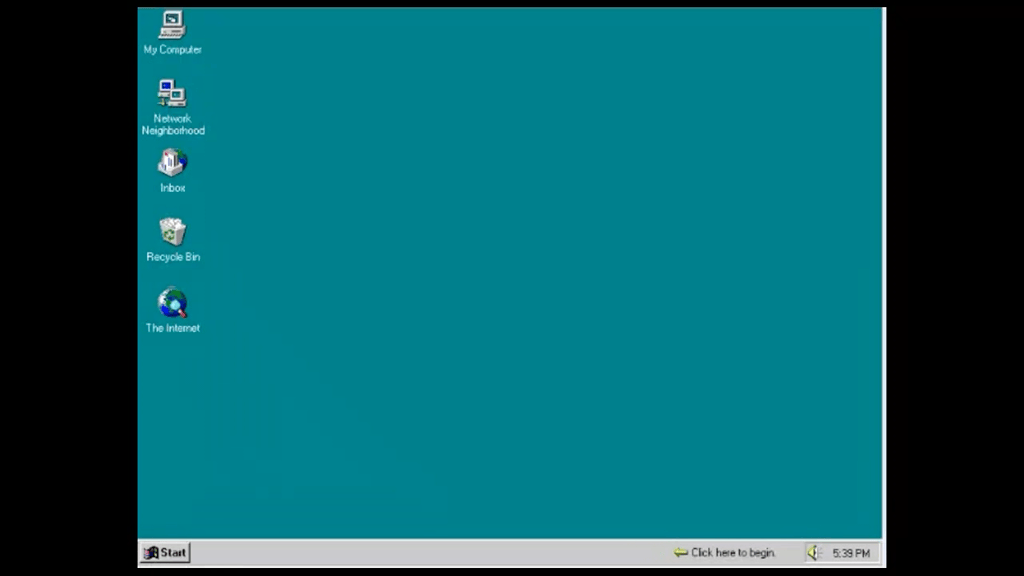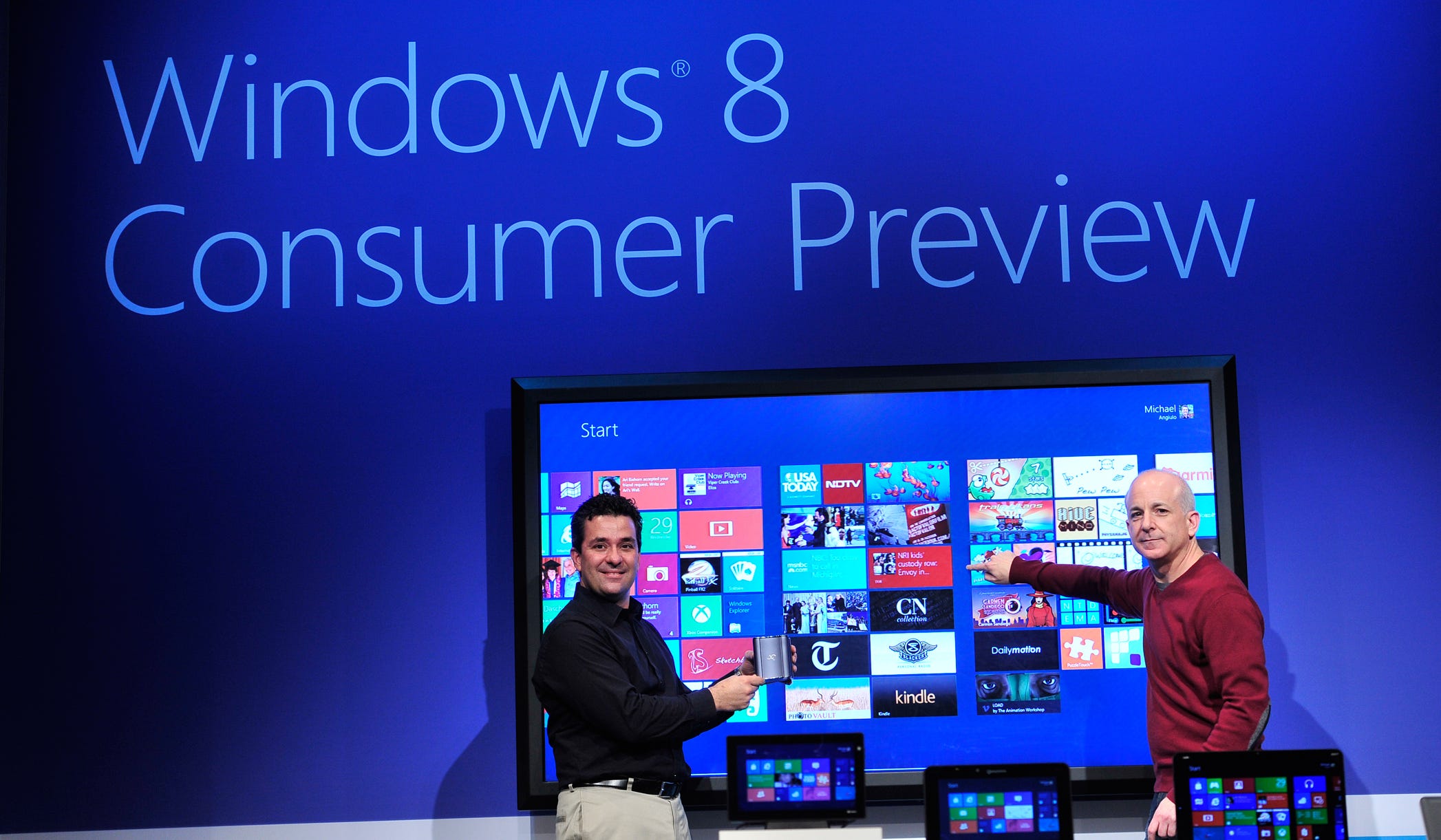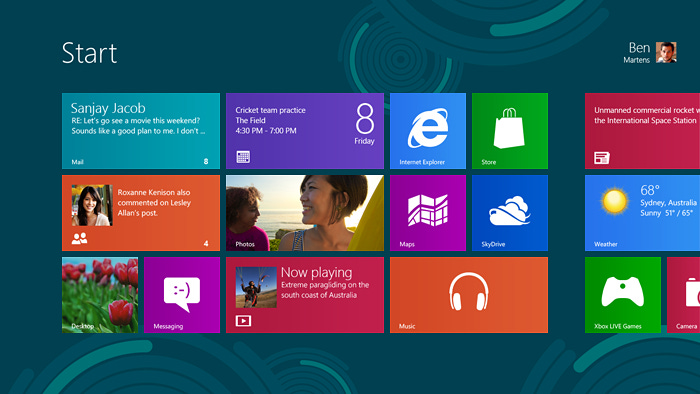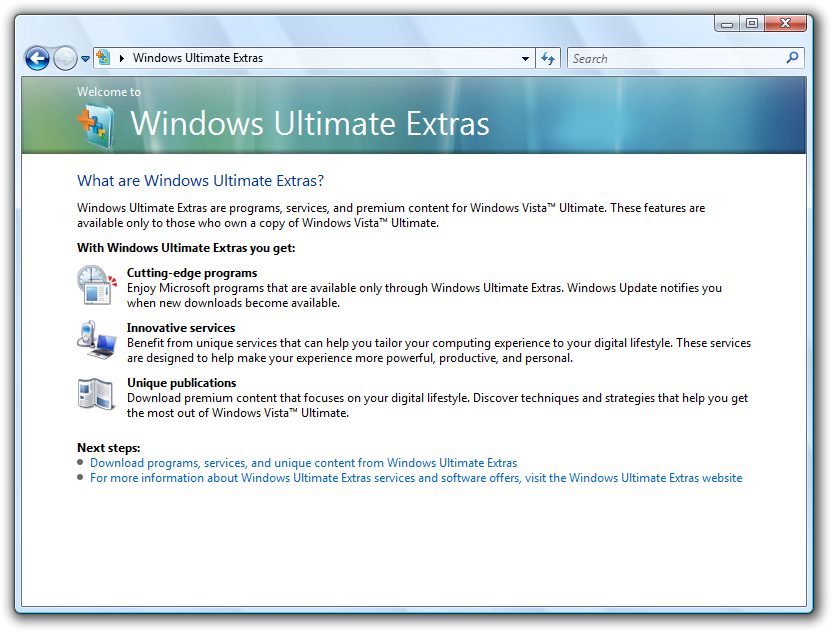104. //build It and They Will Come (Hopefully)
Description
Imagine building a computing platform that powers a generation. Now imagine taking the big step of building the replacement for that platform while the original needs to keep going for another decade or more. This is the story of unveiling the new Windows 8 platform for building modern apps, WinRT, at the first //build conference. The difficulty in telling this story is how everyone knows how the world came to view Windows 8. The developer conference of 2011 was a different story entirely. We still had to work through the big issue within the world of .NET developers and their extreme displeasure with the little we said about the Windows 8 developer story a few months earlier at the preview of the user experience. We had so much to share and were very excited as we made our way to Los Angeles.
Back to 103. The End of Windows Software
The iPad was out there and still had skeptics. Pundits continued to assert that tablets were not good devices for content creation. Techies saw it as a consumer toy for lightweight computing. This same thing had once been said of PCs, right up until they overtook computing. It was said of server PCs, right up until they overtook business workloads and cloud computing.
Steve Jobs, at the 2010 All Things Digital D8 conference, reminded the audience that the iPad was just getting started and added, “I think we’re just scratching the surface on the kind of apps we can build for it. I think one can create a lot of content on the tablet.” By 2011, Apple was demonstrating increasing confidence in the path they had created with iPad. The iPad was already the preferred tool for the road warrior, the boardroom, and the back seat. The iPad and iPhone combined with the developer platform had become the most formidable competition Microsoft ever faced. As much as Android unit volumes concerned the Windows Phone team, there was no ignoring Apple. Some were deeply concerned about the tsunami of small Android tablets. Given what we went through with Netbooks, low quality devices, even in high volumes, concerned me less.
The PC was moribund. The situation in Redmond became increasingly worrisome. This was despite our solid progress on Windows 8 and the interim Windows Phone release, Windows Phone 7.5.
The chicken and egg challenge of platforms is well known. How does a platform gain traction from a standing start? Every platform faces this, but it is unusual for the established world leader to be wrestling with this problem. When I think of how the computer world had literally revolved around every utterance about Windows, it was downright depressing if not scary.
The challenge the company faced was the dramatic loss of developer mindshare. Between web browsers, iPhone/iPad, and then Android, there was no room left for Microsoft. Win32 was legacy, a solid legacy, but a legacy. The latest efforts for Windows Phone seemed to have stalled at best. While there was a rhythm of press releases about app momentum for Windows Phone, the app numbers were tiny relative to Apple and Google and the app quality was low. Phone units were small too, meaning attracting developers was becoming more difficult not less.
Every leadership team meeting provided another opportunity to debate the merits of using financial incentives to lure developers to the platform. And at each meeting I raised the reality of adverse selection that every competitor to Windows had learned over the past two decades. The Xbox team loved to talk about how much they spent on exclusives, but that was a walled garden world of intellectual property. In an open platform, once you’re spending money to win over developers, the least motivated developers show up with the wrong apps creating an awful cycle where paying developers attracts more of the less desirable developers building even more of the wrong apps. But not spending money seems guaranteed to lose if there’s no organic interest. This debate would become front and center with Windows 8 as we faced the same challenge.
The concerns over the specifics of competing with iPad and Android tablets and how Microsoft and partners would respond occupied an increasingly concerned board. We had our plans for Windows 8, but the obvious question was could Microsoft do something sooner? In the summer of 2011, we were a couple of months from our developer conference in September and certainly less than 18 months from general availability of Windows 8. I assumed we could wait that long and knew we could not finish sooner. I also assumed there was no emergency product development that could finish something useful before then. That didn’t stop us from having a classic Microsoft hand-wringing series of meetings to attempt to cons up a plan. Time for yet another Gedankenexperiment as part of a series of meetings with some members of the board and others.
We were not yet certain of the how or who of delivering ARM devices, particularly tablets, though by this point we had test hardware running and we were deep in potential designs for our own device. As a result, I was my routinely cautious self in an effort not to over-promise, especially to this group. I was, perhaps wrongly, determined not to get ahead of our own execution. Such a conservative stance was my nature but also not the norm or even appreciated. I was happy to talk about our developer conference and what was possible. The specifics required to answer when and by whom there would be a mini tablet running Windows were well ahead of where we were.
I reviewed our progress on Windows 8, again. The problem seemed to be that we were not getting enough done nor was it soon enough. They were right. Who wouldn’t want more and sooner? From my vantage point, if we finished when we said we would it would be impressive and historically unique, even on the heels of Windows 7. How quickly people can forget the past. It felt like “more cowbell.”
Shaving time off the schedule was discussed—it wasn’t a grounded discussion, just a wish. After that, Terry Myerson (TMyerson) and his co-leader Andy Lees (AndyLees) of the Phone team, shared the early plans for Windows Phone 8. Since Apple had made a tablet out of the iPhone, the natural question was, could we make a tablet out of Windows Phone? Of course, we could do anything (“It’s just software” as we said), but which phone and how soon?
Some in attendance even asked if should do a “quick” project and build a tablet out of WP7 (or 7.5)? Could we take an Android tablet design and put Windows Phone 7 on it? Why not? Seemed so easy. None of these ideas could possibly happen. There’s no such thing as a quick project. The last quick hardware project Microsoft did was Kin, a poorly received smartphone.
There wasn’t much I could do. From one perspective, Windows was suddenly the product that was holding us back and Windows Phone was the new solution to our tablet problem. Given what we were seeing in the market, Windows Phone apps, and the technical challenges of the platform, this was a ridiculous spot to land.
Windows Phone 8, working with Nokia, introduced really big phones called phablets, pioneered by Samsung on Android. For a time, some analysts thought these larger phones would put an end to tablet demand because tablets were in between. Still, tablets continued to thrive for productivity and, as far as Apple was concerned, to become the future laptop. The iPad certainly thrived. It was the cheap Android tablets, the ones the Board was concerned about, that ended up on the trash heap with Netbooks.
Ultimately, there was no tablet market, just an iPad market. The iPad run rate soon approximated that of consumer PC laptops. It was difficult for Microsoft to see the low-volume player as the real competitor, especially when it was Apple and the last time it was the low-volume producer it nearly died. Android was shaping up to be the Windows ecosystem on phones—high volume, low profit, endless fragility, device diversity (or randomness), and so on, but with a new OS, new OEMs, new business model, and new mobile developers who were making apps on the iPhone, though the iPhone apps always seemed a bit better.
The Windows and Windows Phone teams would eventually go through a challenging period where in the middle of Windows 8, we on the Windows team learned that the Phone team had been taking snapshots of various subsystems of Windows 8 for use in the phone OS. This got the product to market but did not give us a chance to align on quality, security, reliability, and code maintenance. This wasn’t done in any coordinated or even transparent manner. Had we, Jon DeVaan and Grant George specifically, not intervened the company would have been set up for significant issues with security and reliability given we were not finished with the code and there was no process in place to manage “copies” of the code. Jon worked through a better process once the team got ahead of the issue. I had a super tense meeting with SteveB and the co-leaders of the Phone team about this lack of transparency and process and why it showed a lack of leadership, or even competence, on our part. In the new world of security, viruses, vulnerabilities, and more the company could not afford to be cavalier with source code like this seemed to demonstrate. This was all in addition to the lack of alignment on the developer platform as the Phone team made their early bet on Silverlight as previously discussed.
More and sooner was a constant drumbeat throughout the Windows 8 development schedule. I was called to the carpet many times to explain where we were and why we were not finishing sooner. I was grumpy about doing that and I’m sure it showed. Schedules did not get pulled in or completed early. In the history of


![108. The End of the PC Revolution [Epilogue] 108. The End of the PC Revolution [Epilogue]](https://substackcdn.com/feed/podcast/82387/post/86893731/d3f1348af12bf87ffb878bd65cadb0ba.jpg)





![101. Reimagining Windows from the Chipset to the Experience: The Chipset [Ch. XV] 101. Reimagining Windows from the Chipset to the Experience: The Chipset [Ch. XV]](https://substackcdn.com/feed/podcast/82387/post/75881900/3a3075fad2c894721724f8a92013a812.jpg)



![097. A Plan for a Changing World [Ch. XIV] 097. A Plan for a Changing World [Ch. XIV]](https://substackcdn.com/feed/podcast/82387/post/70543793/bbf82f6a403f39f35f097a445d9bf827.jpg)




![092. Platform Disruption…While Building Windows 7 [Ch. XIII] 092. Platform Disruption…While Building Windows 7 [Ch. XIII]](https://substackcdn.com/feed/podcast/82387/post/64867897/fc7d958f8115ef0d95ea5a92c0d423b4.jpg)






